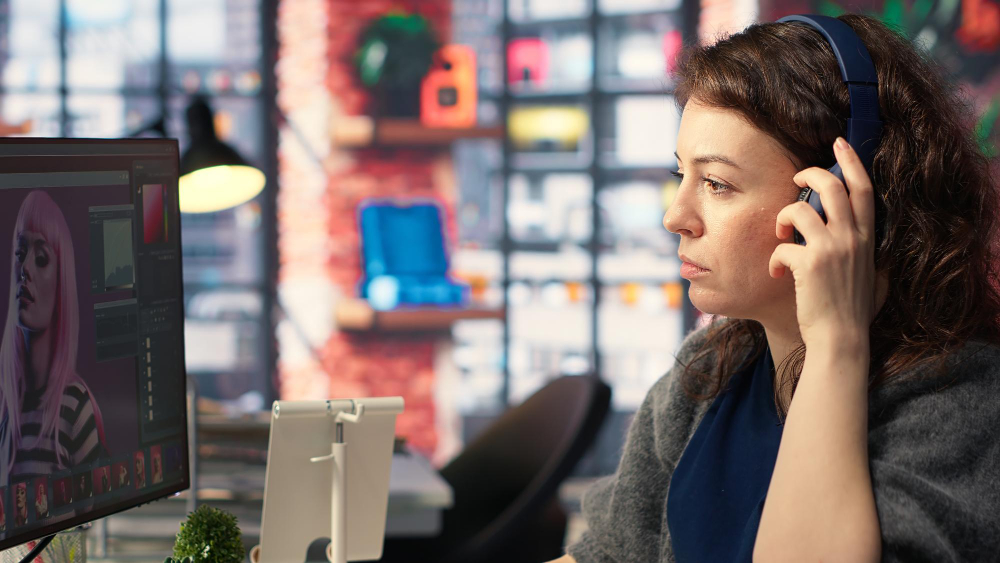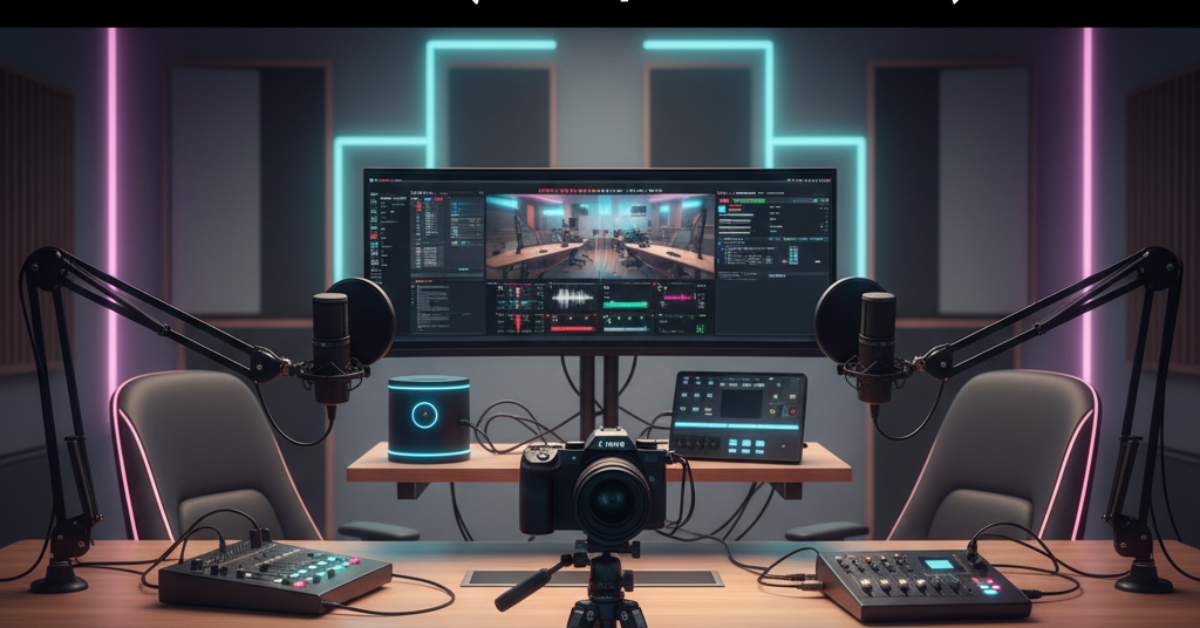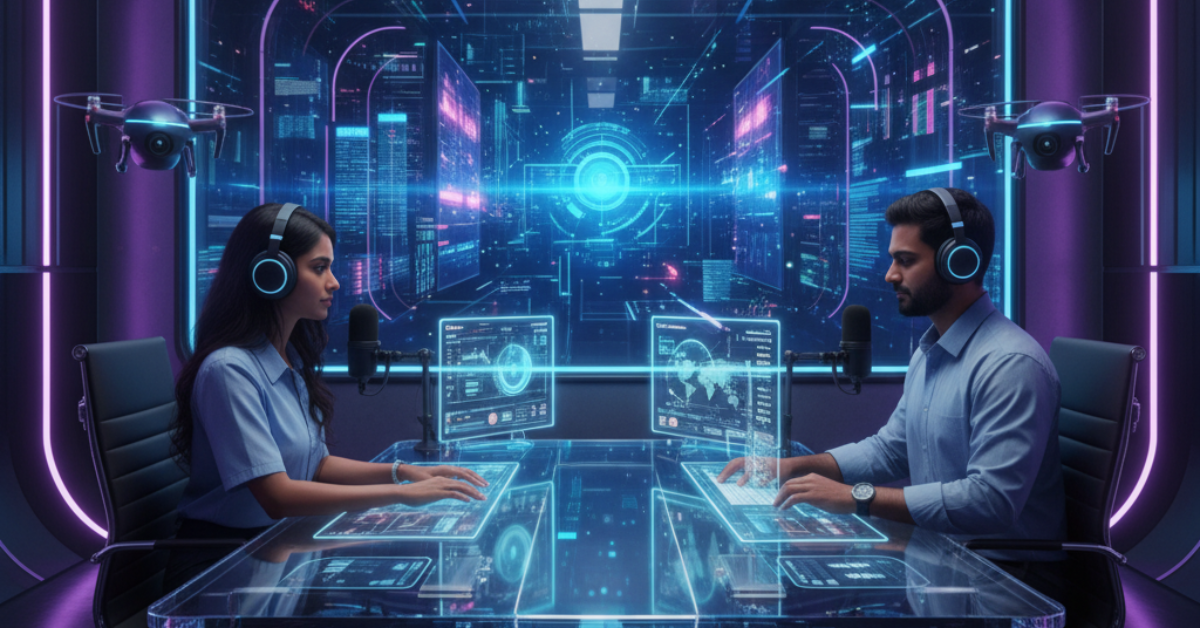10 Common Mistakes to Avoid When Recording a Video Interview (Beginner-Friendly Guide)
Nov 15, 2025, Nishi SinghRecording a video interview seems simple - set up the camera, hit record, and start talking.
But in reality, even small mistakes like poor lighting, background noise, bad framing, or unstable internet can make the final footage unusable.
At myTranscriptionPlace, we handle thousands of research recordings every month, and we see these issues all the time. These mistakes affect clarity, accuracy, and ultimately the quality of your transcripts or analysis.
So we created this video interview setup guide to help you avoid the most common errors and produce clean, professional recordings.
Quick Summary: How to Avoid Common Video Interview Mistakes
To record a high-quality video interview:
Use an external mic
Ensure soft, even lighting
Frame the camera at eye level
Test all equipment
Eliminate background noise
Use stable internet
Prepare the interviewee beforehand
Maintain consistent framing
Record a backup
Take time during editing
1. Ignoring Audio Quality
Poor audio is the #1 mistake people make when recording a video interview. Even great visuals can’t save unclear sound.
Best Practices
Use an external microphone instead of built-in laptop or webcam mics.
Record in the quietest room available.
Test audio levels before starting.
Use noise-cancelling mics if possible.
Good audio matters more than high-end video.
2. Poor Lighting Setup
Lighting determines how professional your video looks. Recording in dim rooms or with harsh backlight leads to shadows and unclear visuals.
How to Fix It
Use soft, front-facing lighting like ring lights or softboxes.
Place lights at a 45° angle to your subject.
Avoid windows or bright lights behind the person.
Lighting should always come from the front or sides, not from behind.
3. Bad Camera Framing
Framing influences how polished and trustworthy your footage appears.
Correct Framing Tips
Place the camera at eye level.
Leave a bit of headroom above the subject.
Keep the subject centered without cutting off shoulders or forehead.
Definition:
Video interview framing means positioning the camera so the subject appears natural, centered, and balanced on screen.
4. Not Testing Equipment before Recording
Technical issues are preventable. A short test recording saves hours of frustration.
Checklist before You Start
Test your microphone
Check lighting
Verify camera focus
Test the platform (Zoom, Teams, etc.)
Record a 30-second sample and review it
5. Ignoring Background Noise
Small background sounds - fans, traffic, notifications - can make your audio difficult to transcribe or understand.
Quick Fixes
Turn off fans and noisy appliances
Close windows
Silence phones and notifications
Avoid echoey rooms
Use a noise-reducing mic
6. Overlooking Internet Stability in Remote Interviews
A weak connection causes lag, freezes, audio drops, or pixelated video.
Best Practices
Use a wired connection for stable performance
Close all bandwidth-heavy apps
Use high-speed internet (10 Mbps+ upload recommended)
Test connection beforehand
A stable internet connection is essential for a smooth remote video interview.
7. Not Preparing the Interviewee
Unprepared guests lead to awkward pauses, retakes, and inconsistent content.
Prepare Them By Sharing:
The interview topic
The question list
Technical guidelines
Recommended background setup
Dress code
Microphone position
Camera height
Give the interviewee a short checklist to ensure smooth recording.
8. Forgetting About Framing Consistency
If you're recording multiple interviews, inconsistent framing makes your final video look unprofessional.
Ensure Consistency In:
Camera height
Lighting position
Background selection
Video resolution
Eye-line and framing
This is especially important for research presentations, brand videos, and documentary-style recordings.
9. Skipping a Backup Recording
Recording without backups is risky - files can get corrupted, software may crash, or storage can fail.
Best Backup Options
Use an external recorder
Record locally and on the cloud
Keep auto-record enabled in your meeting platform
Store files in two places
10. Rushing the Editing & Review Process
Editing turns raw footage into a polished final piece. Skipping this step results in unclear, awkward videos.
Editing Checklist
Trim silent gaps and pauses
Balance audio levels
Correct brightness and color
Remove background noise
Add subtitles or captions
Review before sharing
Professional video quality often depends more on post-production than the recording itself.
Video Interview Mistakes Checklist (Printable)
Before Recording
· Test microphone
· Check lighting
· Clean camera lens
· Position camera at eye level
· Remove background noise
· Prepare interviewee
· Test internet speed
· Close background apps
· Start backup recording
After Recording
· Review footage
· Edit audio and video
· Export in high resolution
· Store backup copies
Conclusion
Recording a professional video interview is not just about having the right gear - it's about preparation, awareness, and attention to detail. By avoiding these common mistakes and following these best practices, you can produce interviews that look polished, sound clear, and are ready for accurate transcription.
At myTranscriptionPlace, we believe great recordings lead to deeper insights. Whether you need transcription, translation, or localization, our team ensures every detail is captured with precision.
Our Popular Services
Human Transcription | Automatic Transcription | Interactive Transcription | Human Translation | Spanish Transcription | Focus Group Transcription Services | Qualitative Data Analysis | Medical Transcription Services | Technical Translation Services | Closed Captioning Services | Accurate Transcription Services | Video Transcription Services.
FAQs
1. How can I improve the audio quality of my video interview?
Use an external microphone, record in a quiet room, and always test audio beforehand. This helps avoid the most common video interview mistakes.
2. What lighting setup works best for video interviews?
Soft, diffused lighting from the front or sides - like ring lights or softboxes - helps avoid harsh shadows and improves clarity.
3. Why is camera framing important in a video interview?
Good framing makes the subject look confident and professional, keeps viewers focused, and improves transcription accuracy.
4. Should I record interviews remotely or in person?
Both are effective. For remote interviews, ensure a stable internet connection, proper lighting, and a reliable microphone.
5. What’s the best way to prepare guests for a video interview?
Share the topic, expected questions, technical setup instructions, and appearance guidelines. This ensures smoother, more natural conversation.






